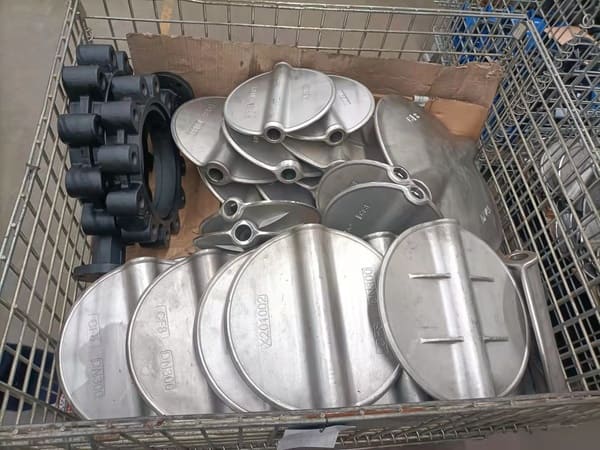For stainless steel, it is generally considered to be steel that is not easy to rust, but in fact, stainless steel can also rust. The rust resistance and corrosion resistance of stainless steel are due to the formation of a chromium-rich oxide film (passivation film) on its surface. This kind of rust resistance and corrosion resistance are relative.
Tests have shown that the corrosion resistance of steel in weak media such as the atmosphere and water and oxidizing media such as nitric acid increases with the increase of the chromium content in the steel. When the chromium content reaches a certain percentage, the corrosion resistance of the steel changes suddenly. , That is, from easy to rust to not easy to rust, from no corrosion resistance to corrosion resistance.
To detect whether stainless steel valves can rust, you can first place the same valve in different environments to verify and compare.
Under normal circumstances, if the stainless steel valve is placed in a relatively dry environment, after a long period of time, the valve is not only as good as new, but also free of rust.
And if the valve is placed in seawater containing a lot of salt, it will rust within a few days. Therefore, the corrosion resistance and stainless steel properties of stainless steel valves also need to be measured according to the environment.
“From the perspective of the characteristics of stainless steel valves, the reason why they are not rusty is that there is a layer of chromium-rich oxide film on the surface to prevent external oxygen atoms and other particles from causing damage to the objects, so that the valve has the characteristics of rust.” Experts Said, however, when the membrane is damaged by environmental factors, it will be freed from iron ions as oxygen atoms enter, and the stainless steel valve will rust.
There are many reasons for the rust of stainless steel valves, such as the electrochemical reaction between the membrane and other metal element particles or dust. At the same time, moist air is used as the medium to form a micro-battery cycle, which makes the surface of stainless steel rusty.
Another example is the corrosion caused by the direct contact of the surface film of stainless steel with strong acid, strong alkali and other corrosive liquids. Therefore, in order to prevent stainless steel valves from rusting, attention should be paid to the cleaning of objects in daily use and keep the surface of the valve clean.
So, if the stainless steel valve rusts, how can users solve this problem?
First, clean and scrub the surface of stainless steel valves frequently to remove attachments and eliminate external factors that cause rust.
Second, 316 stainless steel should be used in coastal areas, because 316 is resistant to corrosion by seawater.
There are only a few cases of stainless steel valves rusting. Under normal circumstances, safety valves made of stainless steel are relatively safe and unmatched by other materials. Therefore, the valve of this material is very common in the environment of some dangerous media, and it is also the key to ensuring its performance.


